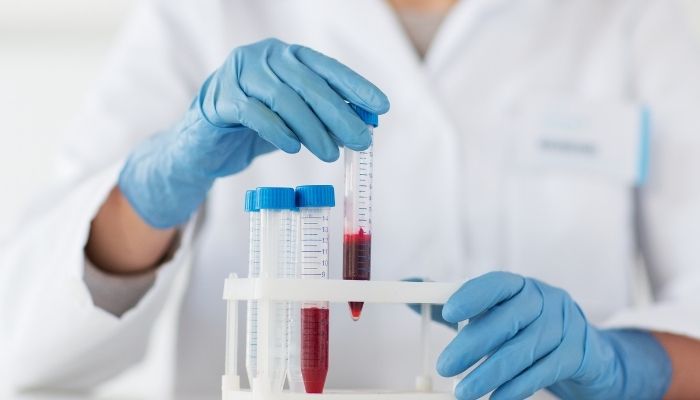The Ceruloplasmin blood test helps measure the amount of Ceruloplasmin in the blood. This is nothing but a specific type of protein that is created within the liver. It holds responsibility for the storage and transportation of copper into the bloodstream from the liver and also into other body parts which require the same.

Copper is an essential mineral contained in various type of food items such as chocolate, nuts, shellfish, mushrooms, and liver. It is vital for several functions of the body such as the development of stronger bones, production of energy and melanin (the substance lending your skin its hue) and so on. However, the right amount of copper is a must since excessive or too little volumes may indicate serious health issues. The other names of the Ceruloplasmin test are the Ceruloplasmin blood test CP and serum.
Ceruloplasmin Test Overview
| Name of the Test | Ceruloplasmin Test |
| Why is it necessary? | It helps in measuring the Ceruloplasmin levels in the blood. |
| Symptoms | Jaundice, anemia, pain in the abdomen, mobility issues, swallowing/speaking issues, nausea, behavioral changes, etc. |
| Normal Ceruloplasmin levels | 14-40 mg/dl although it could vary slightly across laboratories. |
| Also Included In | Health Insurance Plans |
| Cost | Rs. 750 - Rs. 1,100 depending the city and lab |
What is the Need for Ceruloplasmin Test?
The Ceruloplasmin test is required in tandem with copper testing for the diagnosis of Wilson disease, a rare genetic ailment that hinders the removal of extra copper from the body. It may lead to a severe copper build-up in the brain, liver and other body organs. It may also help in the diagnosis of ailments which lead to copper deficiencies. They include the following:- Malnutrition- This is an ailment where the body does not receive sufficient dietary nutrition.
- Malabsorption- This is an ailment where the body finds it tough to absorb and usage dietary nutrients.
- Menkes Syndrome- It is a genetic ailment which is incurable and rare.
When is the need to get a Ceruloplasmin test?
You will need this test if you have the following symptoms:- Jaundice
- Anemia
- Tremors
- Walking Issues
- Pain in the Abdomen
- Nausea
- Speaking/Swallowing Issues
- Behavioral Changes
Babies may require the test if they have Menkes Syndrome symptoms. They usually manifest at the stage of infancy and include feeding trouble, tangled/brittle hair, delays in development, growth failures, seizures, muscle tone issues, and so on. Most children affected by this syndrome pass away in their first few years tragically, although sometimes treatment may prolong their lifespan. Yet, this has to be done within the first 28 days after taking birth.


